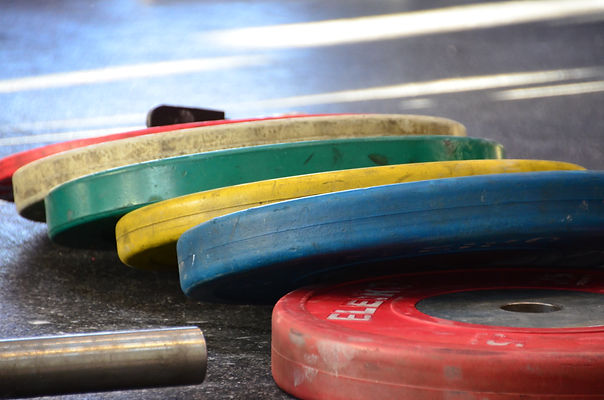It seems like every day I am helping someone correct their squat pattern. A lot of time this is due to poor ankle range of motion. A lot of training programs are very good at focusing on the chest, legs, core, and other major muscle groups. A lot of these smaller issues tend to get lost in the shuffle. I am going to harp on it some more so that we can all understand the importance of the ankle and how it affects our training.
Blackburn et al. has found that restricted ankle dorsiflexion does lead to greater valgus during jumping, landing, and squatting movements. For anyone who doesn’t know valgus is the movement of the knee inward towards the middle of the body. If we look at the photo below we would like our athletes to be squatting, jumping, and landing with a posture seen in picture C. The valgus posture in picture B can put our athletes at an increased risk for many types of knee injury.

In order for this posture we typically need about 110-degrees of ankle flexion. If we do not possess this desired range than a couple of common problems can occur.
1. The knees can cave to bypass the flexion
2. The feet can collapse to shorten the ROM
So we can now see that this is important. Some have said that nearly 100% of athlete will not possess the desired ankle range. In my experience many athletes do possess the range however motor control, and patterning may be off. Additional drilling and queuing may be necessary to get athletes in ideal positions. If however the ankle range is limited some of the strategies I am about to mention may help to correct this problem. In case you missed it I have also written about this HERE.
Roll the Bottoms of Your Feet
Using a hard pvc pipe, lacrosse ball, or golf ball you can perform some self myofascial release on the bottoms of the feet. This strategy can help to free up some of the joints, and tissues that can become tense and knotted up. This can translate to benefits up the kinetic chain because of facial connections to the plantar fascia. Often this can lead to increased ankle range and a greater ability to perform the movements correctly.
Voodoo the Ankle
More recently some of our athletes have begun experimenting with Floss bands. These tight rubber bands are wrapped around gunky, immobile joints and mobility is performed with the band tension to help free up some of the tissues.
This method has been made popular by Kelly Starrett on MobilityWod. There has been no proven reason why this method helps free up tissues and joints – but they still seem to help. Some of the proposed reasons include
Sliding tissues – helps the skin and other tissues slide on each other
Compression – providing compression can signal the brain to provide extra stability and ROM
Blood Flow Restriction – The bands will push away blood during compression than when taken away restore blood flow which may aid in recovery.
Form of ART – the band pins tissues down, than when performing mobility can act as a form of ART for joint mobility.
So use this information in conjunction with my previous article HERE. Adding these other methods may help to clear up some of that junk you have in your ankle and help to restore the range of motion.


Comments